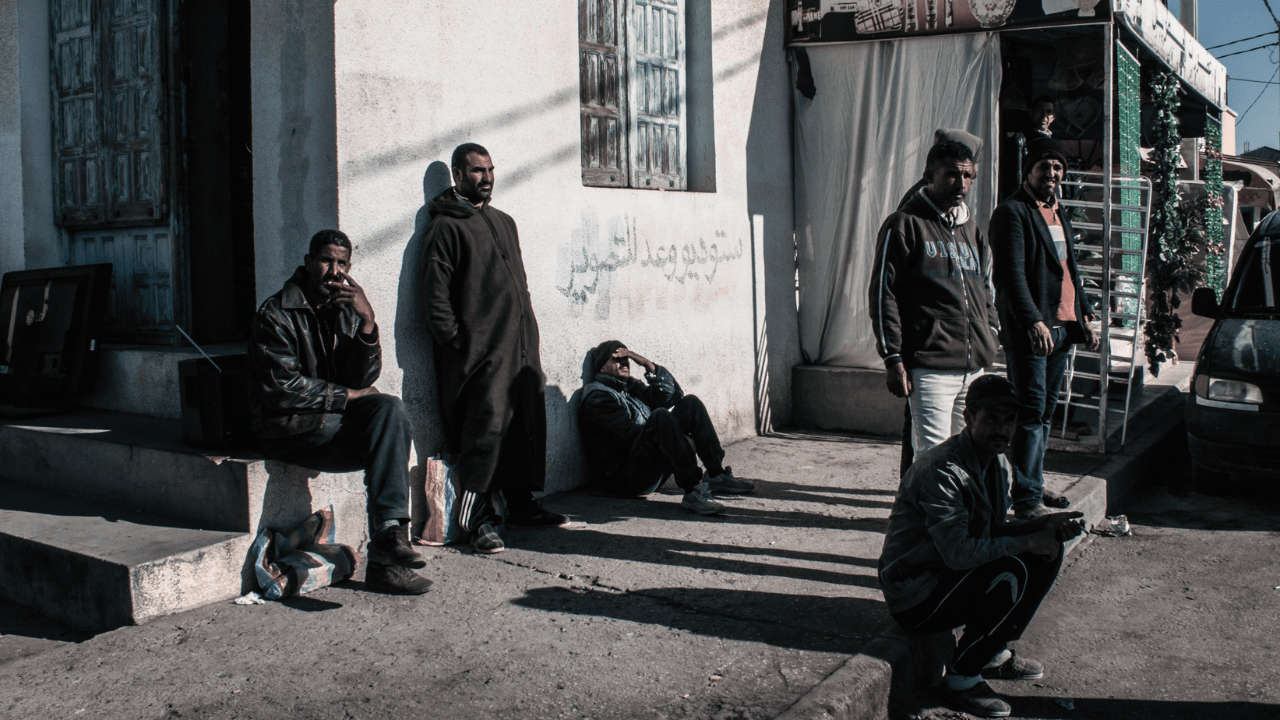The Moroccan labor market, historically weakened by dependence on climatic fluctuations and the informal economy, is experiencing a double blow: the COVID-19 pandemic, which caused the unemployment rate to jump from 9.5% to 11.5% in 2020, and the failure of the current government's policies, with a rate reaching 13.6% in 2024. The data from the High Commission for Planning published in November 2024 confirm a worrying trend. Despite a net creation of 213,000 jobs, precariousness and underemployment are increasing, affecting 10% of the active population. This report examines the structural roots of this crisis, assesses the socioeconomic risks, and proposes levers of action to avoid a point of no return.
Before 2020, unemployment in Morocco fluctuated between 9% and 10%, masking stark disparities between urban areas, where the rate reached 17%, and rural areas, at 7%. The pandemic exacerbated these fractures, causing massive losses in tourism and the informal sector. Moreover, the arrival of Aziz Akhannouch's government in 2021, which promised the creation of a million jobs, paradoxically coincided with a new rise in unemployment to 13.5% in 2022, highlighting the inadequacy of the measures implemented.
Moreover, the agricultural sector, a pillar of rural employment, lost 124,000 jobs in one year, a decrease of 5%, due to recurrent droughts and a lack of modernization. However, the services and construction sectors, despite having created 258,000 and 57,000 jobs respectively, are marked by increasing precariousness, with an underemployment rate reaching 10%. As for the industry, it shows a timid growth of 23,000 jobs, reflecting the absence of an ambitious industrial strategy.
Moreover, the unemployment rate for young people aged 15 to 24 stands at 39.5%, an increase of 1.3 points, illustrating the failure of professional integration programs. Similarly, women, faced with cultural barriers and limited access to qualifying training, have an unemployment rate of 20.8% and an activity rate of only 19.2%. Finally, graduates, despite a slight decrease of 1.6 points among holders of higher education degrees, represent 19.8% of the unemployed, highlighting a persistent gap between acquired skills and market needs.
Plus, the Moroccan government has undermined public trust through contradictory statements and by blocking funds intended for SME support. Nevertheless, institutions such as the HCP and the CESE, although criticized, remain the only reliable sources of data, highlighting the urgency of transparent reforms. On the other hand, the private sector, minimally involved despite the investment charter, struggles to compensate for the shortcomings of public action.
As a result, the loss of 124,000 agricultural jobs accelerates rural exodus, increasing the pressure on already saturated urban services. Moreover, government speeches, perceived as fanciful, fuel popular and international skepticism. Finally, the growing despair of the youth and women, combined with persistent unemployment, evokes dynamics similar to those that preceded the Arab Spring.
To address these challenges, an allocation of 5 billion dirhams over three years to modernize irrigation, support agricultural cooperatives, and develop solar projects could create 50,000 stable jobs and reduce dependence on rainfall. However, this approach requires tax incentives to bypass the opposition of large landowners.
Moreover, the establishment of 30% quotas in public jobs and the creation of an annual fund of 1 billion dirhams for microcredits aimed at female entrepreneurs could reduce female unemployment to 17% by 2026. Moreover, media campaigns highlighting successful female role models would mitigate conservative resistance.
Furthermore, an independent audit entrusted to the HCP and the integration of the informal sector, which represents 40% of GDP, into official statistics would restore institutional credibility. Finally, pressure from the World Bank and the IMF could overcome political reluctance.
Finally, the activation of the 12 billion dirhams planned in the investment charter, coupled with administrative simplification, could generate 200,000 jobs by 2025. Moreover, citizen monitoring platforms would limit the risks of diversion.
In conclusion, Morocco finds itself at a critical crossroads. The persistence of unemployment, particularly among young people, women, and in rural areas, threatens social cohesion and the legitimacy of institutions. However, solutions exist, such as rural diversification, women's inclusion, and statistical transparency, but they require political will that has been absent for years. Without immediate action, the country risks sinking into a spiral of distrust and precariousness, with lasting economic and geopolitical consequences.

